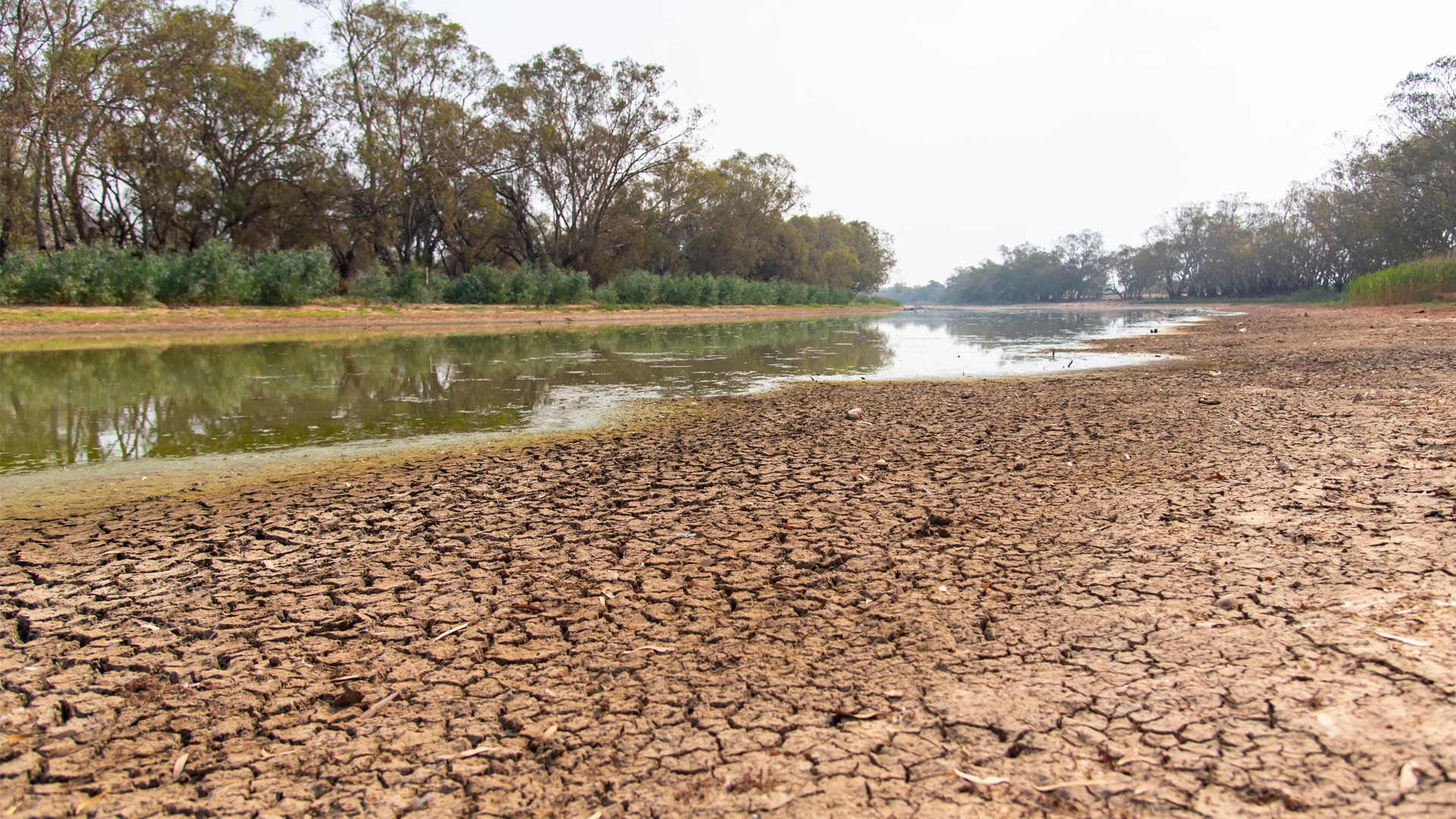Out of thick air: How ‘collecting fog’ could help solve global drinking water problems
2024-09-02T09:00:00+10:00

Fog collection is one way of harvesting water from air, by collecting droplets that form through condensation on special netting.
PHOTO: Jenny Thompson - Adobe Stock
UNSW experts say creating water from the air around us could be a significant tool in meeting the needs of millions of people around the world.
One in three people do not have access to safe drinking water, according to the United Nations and World Health Organisation.
But a process to extract water from moist air could be vitally important in future to help improve that statistic.
Associate Professor Kristen Splinter, managing director of UNSW’s Water Research Laboratory, and former Civil Engineer of the Year Daniel Lambert highlighted the potential for the technology during an episode of UNSW’s Engineering the Future podcast series.
“When we consider innovations in water, atmospheric water generation is a really interesting one. Its viability commercially and on scale is still being proven but it could help solve some of our problems for communities without access to fresh water supply. It could be particularly relevant for communities located in humid environments,” said Mr Lambert, CEO of water infrastructure developer Legacie and an Adjunct Professor at UNSW.
“You can collect fog, you can use membranes that only pass water vapour. There's ways of using different chemicals. You can expose air to those chemicals that extract the water from it, or through condensation or pressurising air.”
A/Prof. Splinter agreed that the tech is promising, albeit in the right conditions.
“A research paper from Nature was suggesting up to 1 billion people in the tropics, where this is potentially going to be most successful, could have access to safer drinking water by using this atmospheric water harvesting,” she said.
But this solution can’t fix the entire global problem. Humidity is key for atmospheric water generation, so the problem persists in drier climates.
“When I think of the atmospheric water harvesting, the one that comes to mind the most is the condensation type form,” A/Prof. Splinter said.
“It is going to be tougher in certain areas. So, in all of them, it’s finding what's the most viable solution for that area.”
Grey is okay
A/Prof. Splinter and Mr Lambert also discussed important water issues related to flooding and sea level rises.
They flagged other potential solutions to drought problems, including systems that could divert ‘greywater’ – reusable wastewater from washing machines, showers and baths – away from being combined with toilet water when it’s discarded.
“You empty a clean water bottle into the same system that you flush your toilet,” A/Prof. Splinter said.
“So things where we flush toilets or human faeces, those need to probably be treated at a really high level, but why do we put all the other things that are greywater down that same system?”
Mr Lambert agreed there’s more to be done so greywater can go further.
“Education is key, not just how we deal with wastewater at a centralised scale, but at a community and household scale.
“If we think about 30 years down the track, will we need centralised wastewater treatment plants or will we be able to do it through a closed-loop process in a household or in a precinct?”
A/Prof. Kristen Splinter and Daniel Lambert were in conversation as part of the UNSW Engineering the Future podcast series.
Media enquiries
For enquiries about this story, please contact Jacob Gillard, News & Content Coordinator (Engineering)
Tel: +61 2 9348 2511
Email: jacob.gillard@unsw.edu.au






